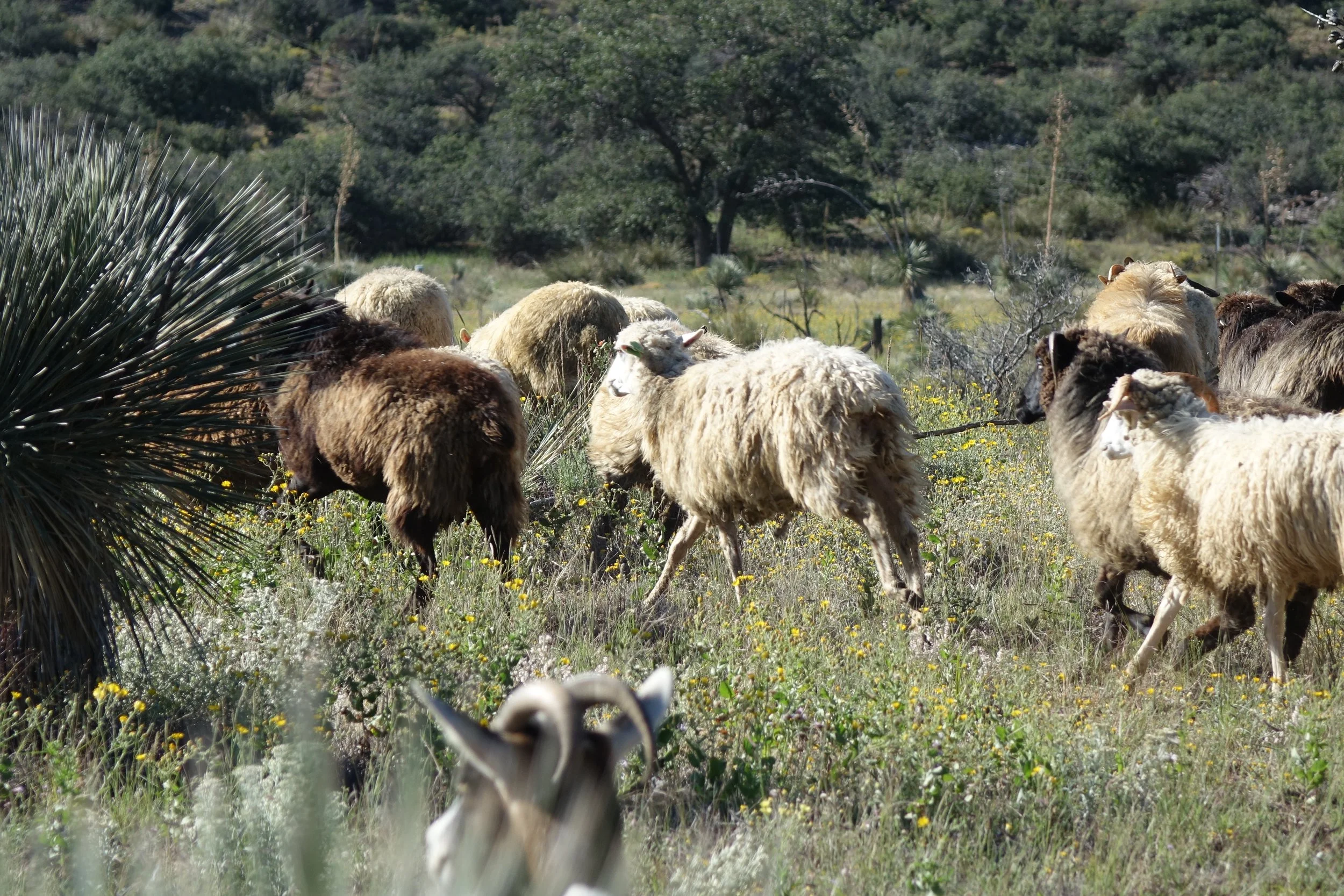
Regenerative Agriculture is a given
We want to go one step further.
Protect the fragile soil
“Land, then, is not merely soil; it is a fountain of energy flowing through a circuit of soils, plants and animals.”
1949, Aldo Leopold in A Sand County Almanac
We are part of a global community of change-makers who recognize the critical role of soils in climate solutions. For the first time, capturing carbon in soil is a formal component of the United Nations Climate Change Conference’s strategy to lower global carbon emissions. Numerous countries and organizations have joined France’s 4/1000 Initiative, aimed at fostering resilient agriculture, creating jobs, and promoting sustainable development.
Soil health is the cornerstone of regenerative agriculture and is often defined as, “the continued capacity of the soil to function as a vital, living ecosystem that sustains plants, animals, and humans.” We often view “soil health management” as a new strategy, but it is not. The health of our landscapes and soil is interdependent. The primary goal of regenerative agriculture should be to enhance soil health, as it is a foundational precursor to the proper functioning of many ecological processes. There are four fundamental principles of regenerative agriculture:
Promote Biodiversity
Decrease or eliminate tillage
Reduce the use of fertilizers
Livestock integration
When we are talking about rangelands in the west, there is one major characteristic that is just now being recognized — Biocrust.
Biocrusts — Why they are essential for soil and rangeland health
Biocrusts serve as the steadfast architects of dryland soils, thriving where many plants cannot survive. They bind the soil together, gradually enhancing its fertility by extracting nitrogen from the atmosphere and converting it into a form usable by plants, while also storing atmospheric carbon. When it rains, biocrusts absorb water like sponges, slowing down runoff and aiding in the retention of moisture for desert vegetation.
Methane (CH4) is a significant trace gas, and its impact on the greenhouse effect is estimated to reach as high as 30% (Dlugokencky et al., 2011; Shepherd et al., 2020). Aerobic methanotrophs, or biocrusts, are vital biological sinks for methane in upland soils, playing essential roles in carbon cycling and helping mitigate global warming (Tveit et al., 2019).
Biological soil crusts (BSCs) are widely found in arid and semi-arid regions and are crucial as methane sinks. Furthermore, western rangeland soils with biocrusts were not suited for large hooved ungulates. The grasslands in these areas were inhabited by smaller, more agile herds of antelope, deer, elk, and bighorn sheep.
1) Biocrusts contain photosynthetic organisms. These photoautotrophs fix atmospheric carbon dioxide and thus require presence at the soil surface.
2) Biocrusts are extremotolerant. They can withstand extreme temperatures and low precipitation through desiccation tolerance.
3) Biocrust organisms withstand high levels of UV radiation by manufacturing sunscreen pigments.
and many components (e.g. the cyanobacterium Microcoleus and related genera) can also tolerate high salinity levels.
4) In addition to the photoautotrophic cryptogams, biocrusts contain a great diversity of microbial heterotrophs, including fungi, bacteria, and archaea.
5) Biocrusts create a habitat that is occupied by microfauna such as protozoa, nematodes, tardigrades, rotifers, and microarthropods (Neher et al., 2009; Liu et al., 2011). Thus, biocrusts form entire foodwebs/ecosystems, made up of photoautotrophic producers and heterotrophic consumers.
Unique Characteristics of Biocrusts
A recent report from the Intergovernmental Science-Policy Platform on Biodiversity and Ecosystem Services (IPBES), “land degradation is almost always the result of multiple interacting causes," including large-hooved animals that were never part of the original fauna. The direct causes of desertification can be broadly divided into those related to how the land is— or isn’t—managed and those related to the climate. The former includes factors such as deforestation, overgrazing of livestock, poor management practices on fragile bio-crust soils, over-cultivation of crops, and inappropriate irrigation; the latter includes natural climate fluctuations and global warming due to human-caused greenhouse gas emissions.